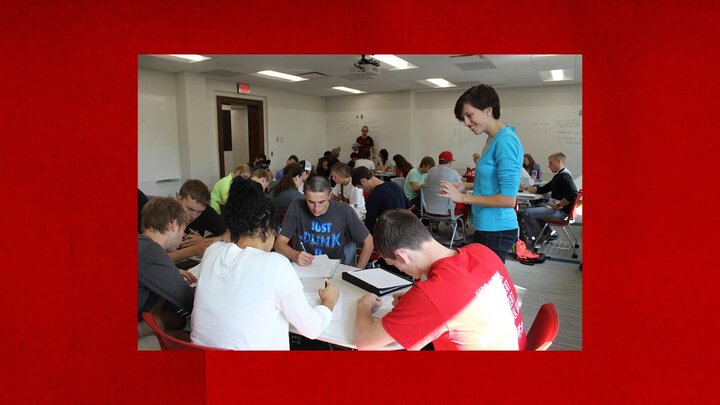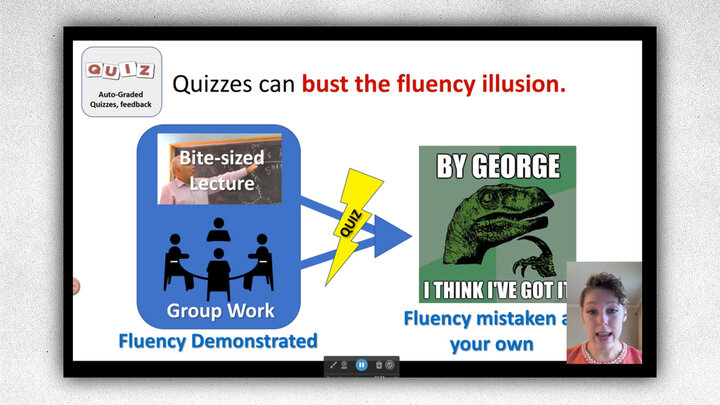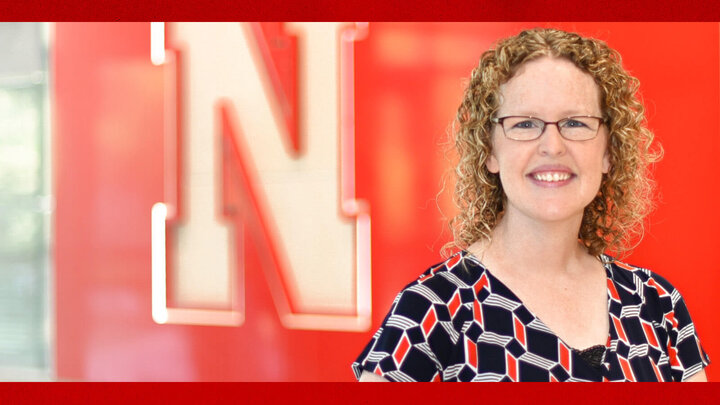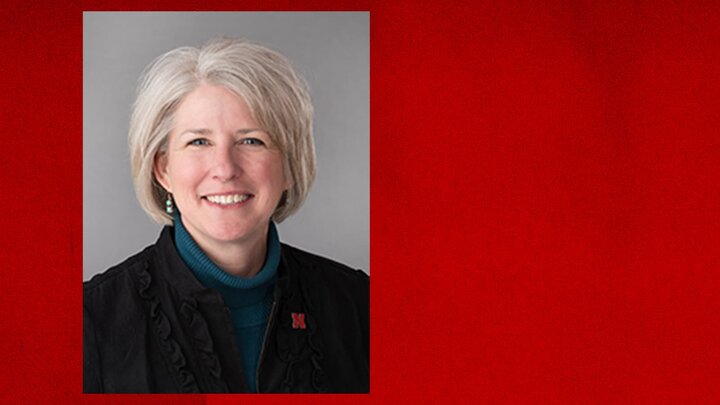Since 2012, the University of Nebraska-Lincoln mathematics department has been working to radically redesign its first-year mathematics courses. Current efforts have yielded an 80% success rate, up from a 62-67% rate previously. To achieve this, the department did a wholesale redesign encompassing leadership, formative assessment, coordination among sections and courses, use of top undergraduate students, GTA education and training, classroom spaces designed for teamwork, and an online homework system called WeBWorK.
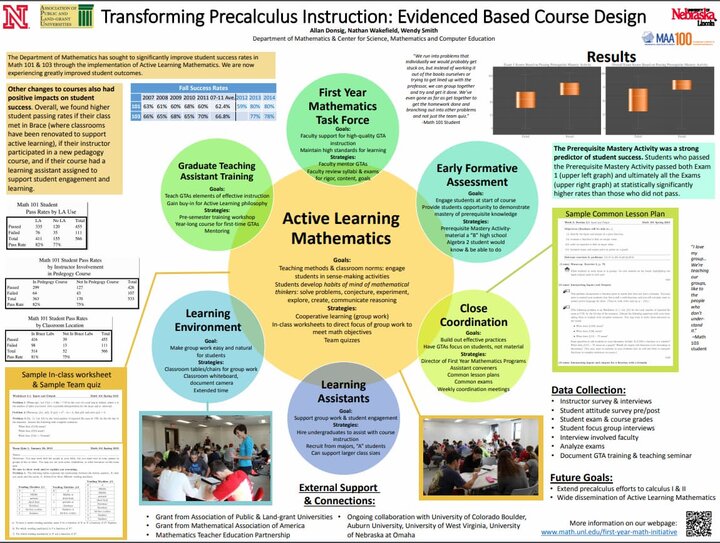
During the first two weeks of class, students take a Course Readiness Assessment (CRA) worth 5% of their grade. The paper-based test is composed of 12 questions from 12 different areas that students should have mastered in high school. To pass, students need to get 80% correct. After taking the paper-based exam, students may retake it online once per day during the first two weeks. On average, it takes students three attempts to pass. Those who do not pass – about 15% - are connected with undergraduate learning assistants who meet with students at least an hour a week and help build their skills and confidence.
“Interestingly, the CRA predicts student performance not only in math, but in all their courses, and must capture some part of overall engagement,” Wakefield said.
Class sections are taught by GTAs who have undergone specific training to teach the courses using active learning techniques. The GTAs use common lesson plans, homework, and exams. Faculty members on the first-year mathematics task force also provide mentorship to the GTAs. This approach helps ensure fidelity to implementing the overall instructional strategy. It also benefits the GTAs, better preparing them to teach mathematics, and this is proving useful upon entering the job market.
In the classroom, active learning techniques are employed and the focus is placed on more challenging problems. Teams work together to come up with a result and explain why it makes sense to use a more formal writing style. Outside of class, students individually practice problem-solving skills using the online homework system, WeBWorK.
WeBWorK is an open-source system for mathematics providing the means for students to receive the immediate, targeted feedback and extent of practice necessary to attain mastery. Without this system, GTAs would not have the time to focus on students’ conceptual understanding during class sessions and the program would lack the detailed aggregate data necessary for informing instruction.
"We capture detailed results of every single question on every single exam and every homework problem completed by every student."
- Nathan Wakefield Director of First-Year Mathematics
Development on WeBWorK began in 1995 at the University of Rochester by Professors Mike Gage, Arnold Pizer, and Vicki Roth. Twenty-one years later it is used by over a thousand colleges, universities, and high-schools around the world. Unlike many other systems, WeBWork remains free and may be downloaded, installed, and customized by its users. The source code, support documentation, and some paid hosting is administered by the Mathematical Association of America, which also maintains the Open Problem Library (OPL), containing over 25,000 problems.
Last year, Wakefield received a grant from the Mabel Elizabeth Kelly Fund which was used to develop many new problems for the WeBWorK system and which are currently being used in the University of Nebraska-Lincoln program.
“We capture detailed results of every single question on every single exam and every homework problem completed by every student,” Wakefield said. “This allows us to analyze it and ask ourselves, ‘Was it too hard?’ ‘Did we teach it right?’ ‘Did we grade it wrong?’”
This detailed data helps Wakefield and the task force refine classroom instruction as well as individual problems. When the problems have undergone sufficient review and testing in the first-year program, they will be submitted for addition to the OPL. After approval by the OPL Editorial Board, the problems Wakefield and his team have so carefully developed will be freely available to any college, university, or high school also using the WeBWorK system.
Here are a few of the article links with additional information:
- Wakefield’s presentation at a recent Disciplinary-Based Educational Research (DBER) seminar
- A more in-depth look at how the task force went about implementing the active learning initiative from the departmental newsletter. Also from a 2014 edition of the newsletter is a more in-depth look at the roles played by students in the effort’s success.
- A short video introducing WeBWorK by one of its founders, Mike Gage.
